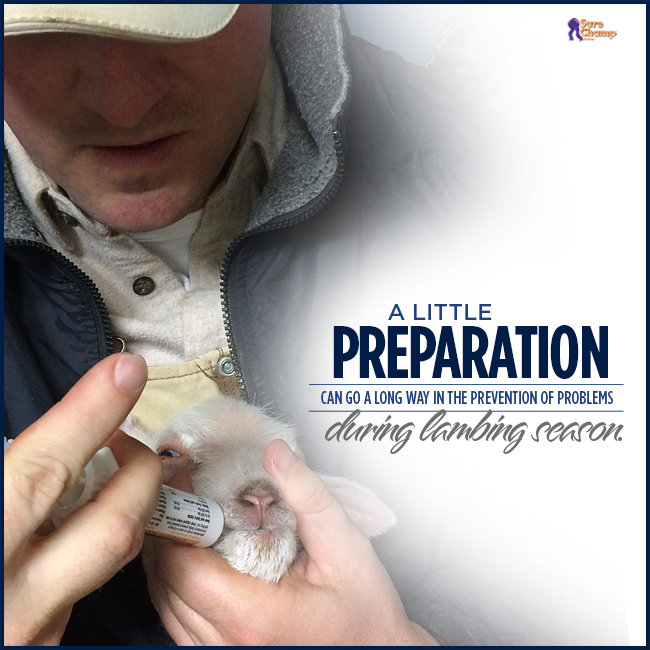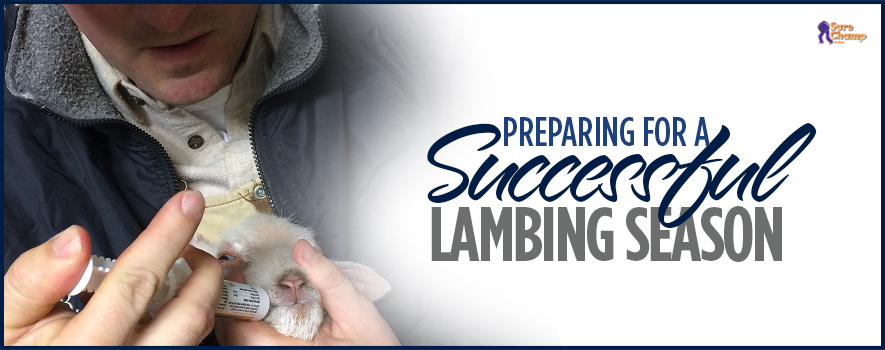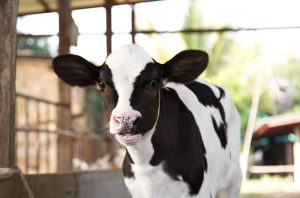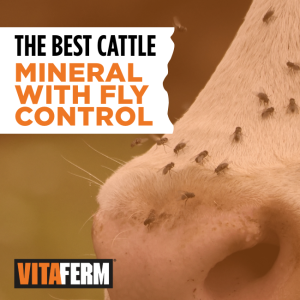A little preparation can go a long way in the prevention of problems during lambing season. In order for a ewe to do her job, deliver strong healthy lambs, and have sufficient milk to raise those lambs it is important to provide proper gestation management. Maintaining ewes on a quality vitamin and mineral program prior to lambing through breeding will help ensure she will have the proper nutrition to perform as needed.
During the last trimester you may consider supplementing with grain to provide the additional energy needed for growing lambs. At lambing the body score should be between 3 and 3.5. Care must be taken not to feed too much grain early in gestation, and it’s best to make any increases gradual. A leveling out or drop in late pregnancy grain intake can result in pregnancy toxemia and death of the lamb(s) in utero. Conversely, too little grain will give an undersized, weak lamb with a poor chance of survival. The ewe will also need an increase in energy to support udder development, and help develop fat reserves, which will be needed during lactation. The amount of supplementary feed depends on the size and body condition of the ewes and the quality of forage being fed.
 Changes in diet will also have to be made post lambing. Ewes should be able to maintain a healthy body condition of 2.5 on a diet of good quality hay or available grass. By feeding a mineral containing Amaferm® is a prebiotic designed to enhance digestibility by amplifying the nutrient supply for maximum performance. It is research-proven to increase intake, digestion and absorption.
Changes in diet will also have to be made post lambing. Ewes should be able to maintain a healthy body condition of 2.5 on a diet of good quality hay or available grass. By feeding a mineral containing Amaferm® is a prebiotic designed to enhance digestibility by amplifying the nutrient supply for maximum performance. It is research-proven to increase intake, digestion and absorption.
Ensuring that your herd health protocols are up to par is an important part of the equation. A veterinarian will likely suggest that one month out from the first ewe’s due date all ewes should receive their annual clostridial booster (ewe lambs should have had their primary vaccinations prior to breeding). Also, consult with your veterinarian if an injection of vitamin E and/or selenium is needed in your area.
Having lambing facilities in good working conditions will also save a lot of headaches. The perfect post lambing environment would be:
- Warm, clean and dry
- 40-60 degrees
- Individual pens that are 5′ x 5′ or 6′ x 4′
- Each pen should contain clean, dry bedding and a bucket of fresh, clean water
It is important for each ewe to have a lambing pen where the bonding between ewe and lamb, and nursing can be monitored. The pen should also allow the lamb to easily be caught for any procedures (tail docking etc.). Depending on the system used, the ewe can be put into this pen when lambing is observed to be imminent or after the lamb has been dropped. Once the lamb is vigorous and all treatments completed, it and the ewe can be let out into a larger pen with other ewe/lamb sets. Soiled bedding should be removed and fresh bedding put down after each ewe. On average, expect each ewe to spend three days in this pen.
Lambing is stressful on both the ewe and newborn lambs. As with humans, stress has a major effect on the digestive system, and the digestive system is central to good health. It is a good idea to keep one of our Vita Charge products on hand to stimulate appetite and water intake.
Read Part II of our successful lambing series where we’ discuss what equipment you need and procedures that should take place post lambing.
Ben Neale is a BioZyme Area Sales Manager, and has more than 15 years of experience in the livestock nutrition industry. He holds a B.S. in animal science, M.S. in agricultural operations and management, and an M.B.A., all obtained through the University of Tennessee at Martin. Ben and his wife, Lauren, run a small flock of Katahdin ewes in Tennessee, in addition to running a commercial cow/calf operation.



